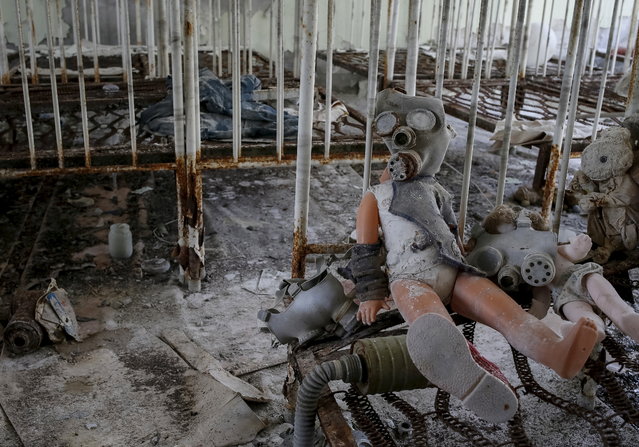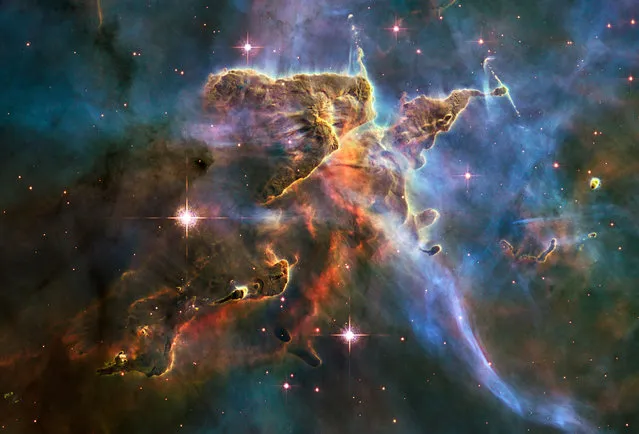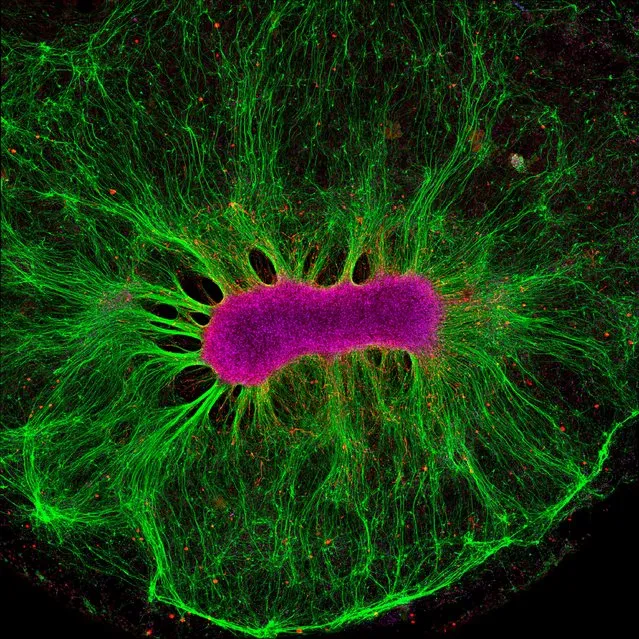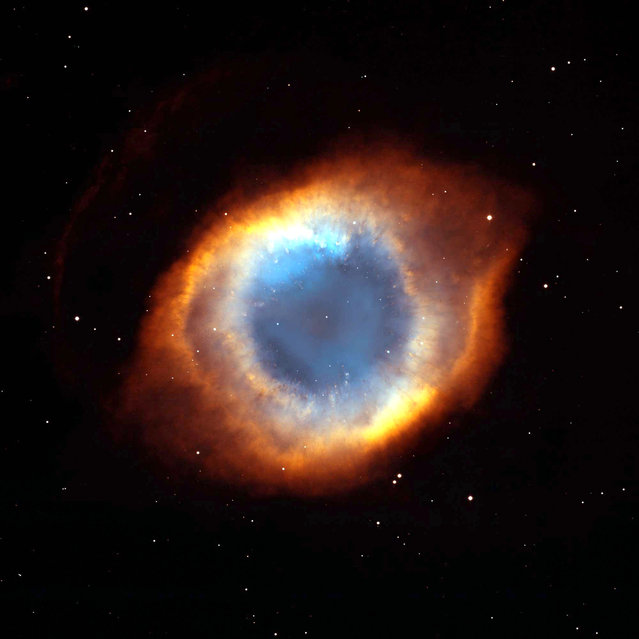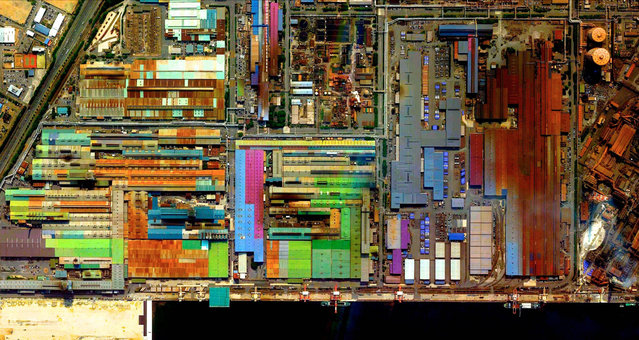
A man in traditional costume tunes his guitar before performing in a traditional Verdiales Flamenco contest on December 28, 2011 in Malaga, Spain. Verdiales is a style of Flamenco thought to originate near the Andalucian port of Malaga, and is performed by groups of musicians known as “Pandas” during the contest held in the outskirts of the city. (Photo by David Ramos/Getty Images)
29 Dec 2011 11:17:00,post received
0 comments



